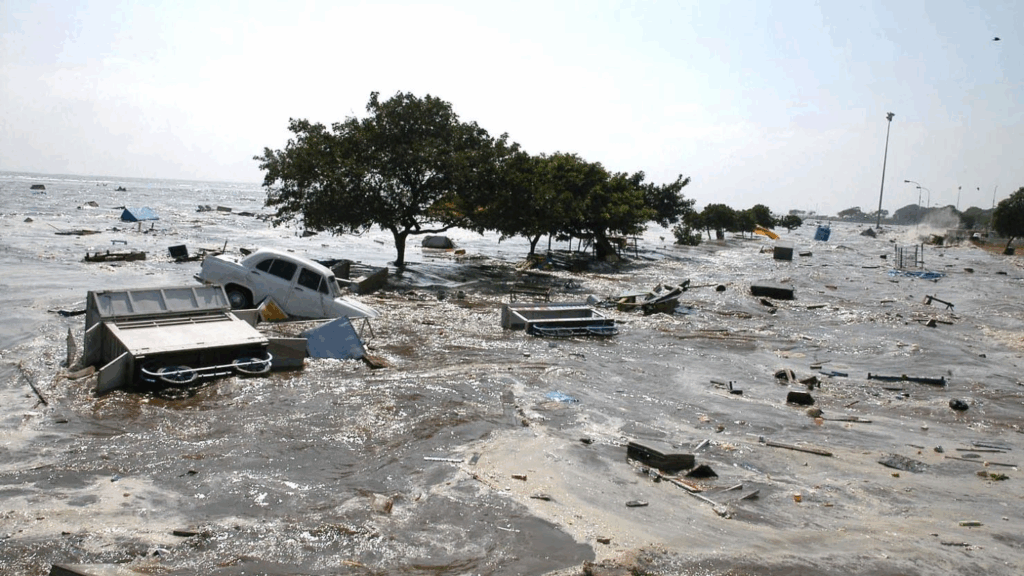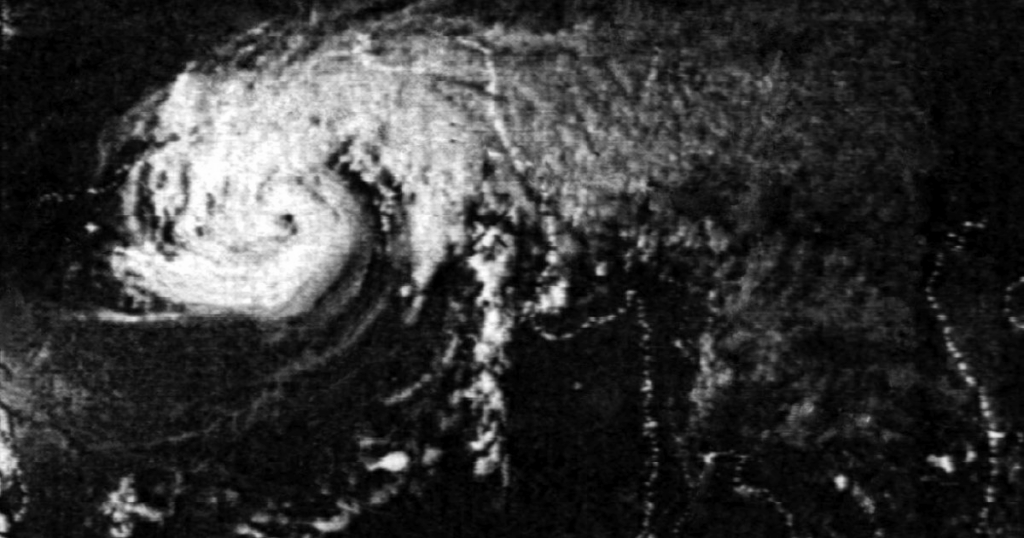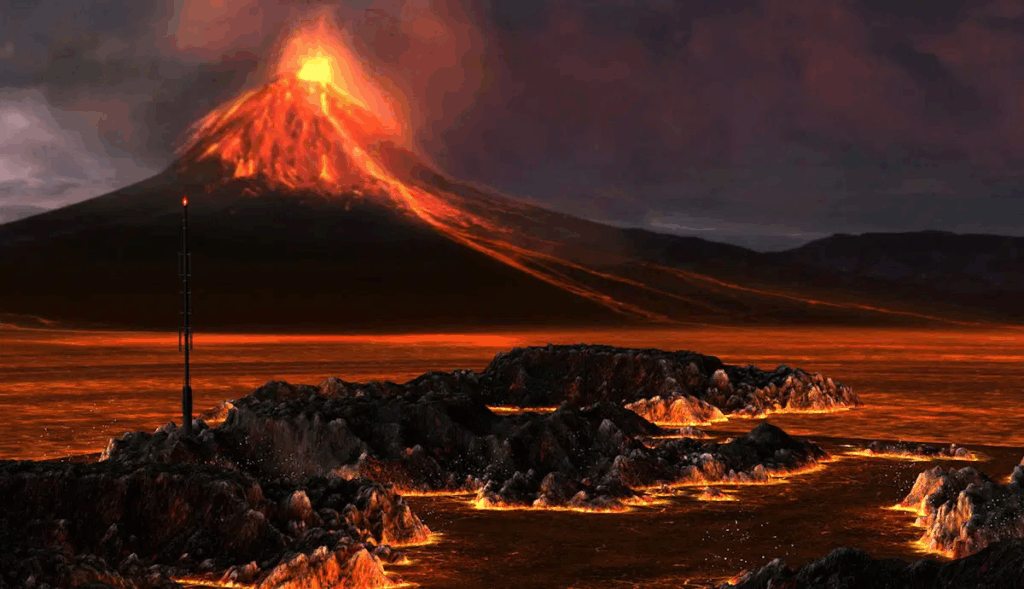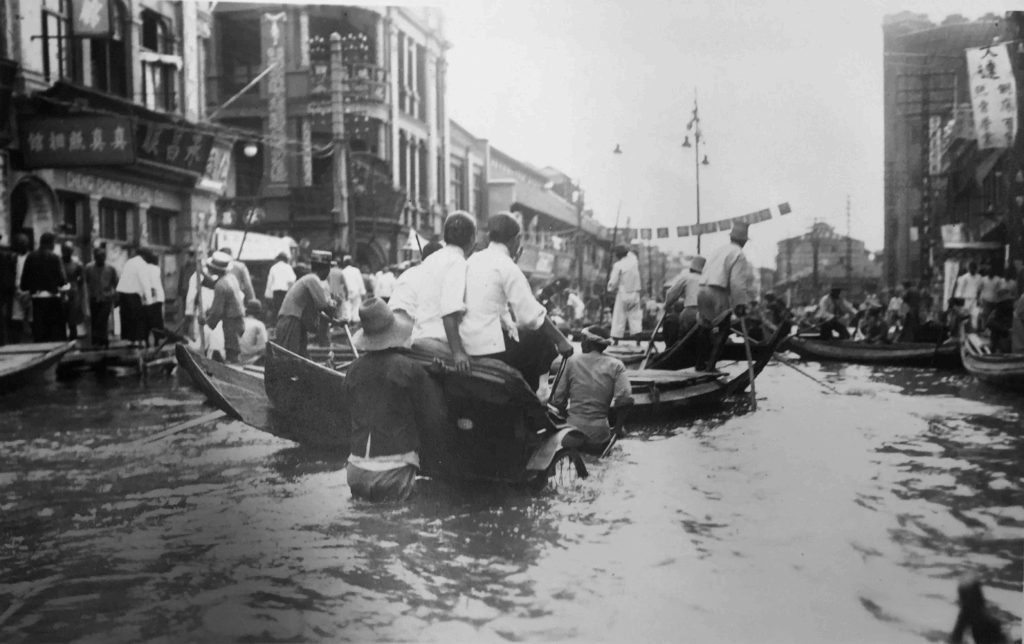Throughout history, natural disasters have demonstrated the sheer power of nature—often with catastrophic consequences. From earthquakes that shook entire cities to tsunamis that swallowed coastlines, the toll on human life and civilization has been immense. This blog explores six of the world’s deadliest natural disasters that have left indelible marks on humanity.
1. The 2004 Indian Ocean Tsunami
- Date: December 26, 2004
- Death Toll: Over 230,000 people
- Countries Affected: Indonesia, Sri Lanka, India, Thailand, and others
What Happened:
Triggered by a massive 9.1-9.3 magnitude undersea earthquake off the coast of Sumatra, Indonesia, the tsunami produced waves over 100 feet high. Coastal communities were devastated within minutes.

Impact:
Entire towns were erased. Indonesia’s Aceh province was the hardest hit. Due to the sheer scale and surprise of the disaster, relief efforts were massive, involving over 40 countries. This disaster highlighted the urgent need for tsunami warning systems in the Indian Ocean.
2. The 2010 Haiti Earthquake
- Date: January 12, 2010
- Magnitude: 7.0
- Death Toll: Approximately 220,000
- Epicenter: Near Port-au-Prince, Haiti
What Happened:
A shallow earthquake struck just 25 km from the capital. Due to poor infrastructure and dense population, buildings collapsed like dominoes.

Impact:
Haiti’s healthcare and government systems were already fragile. The quake destroyed over 250,000 homes and 30,000 commercial buildings, leaving over 1.5 million people homeless. International aid poured in, but the response was complicated by logistical challenges and long-standing poverty.
3. The 1970 Bhola Cyclone – Bangladesh (then East Pakistan)
- Date: November 13, 1970
- Wind Speed: 115 mph (Category 3)
- Death Toll: Estimated 300,000–500,000
What Happened:
The Bhola Cyclone struck the Ganges Delta, creating a 20-foot storm surge that engulfed low-lying coastal regions. The devastation was swift and brutal, with entire villages submerged overnight.

Impact:
The tragedy played a major role in political unrest that led to the Bangladesh Liberation War and the country’s eventual independence from Pakistan in 1971. It remains the deadliest tropical cyclone on record.
4. The 1556 Shaanxi Earthquake – China
- Date: January 23, 1556
- Magnitude: Estimated 8.0
- Death Toll: ~830,000
What Happened:
This remains the deadliest earthquake in recorded history. The quake struck during the Ming dynasty, affecting over 97 counties in Shaanxi province.

Impact:
Many of the deaths were caused by the collapse of “yaodongs” (cave homes dug into cliffs), which were common in the region. The quake forever changed the geography and population distribution of central China.
5. The 1815 Eruption of Mount Tambora – Indonesia
- Date: April 10–11, 1815
- Death Toll: ~100,000 (direct and indirect)
- Volcanic Explosivity Index (VEI): 7
What Happened:
Mount Tambora unleashed one of the most powerful volcanic eruptions in recorded history. The explosion was heard over 2,000 km away and sent volcanic ash 40 km into the atmosphere.

Impact:
Tens of thousands died from pyroclastic flows and starvation caused by crop failures. The eruption caused global climate anomalies, resulting in the “Year Without a Summer” in 1816, with widespread crop failures and famine across the Northern Hemisphere.
6. The 1931 China Floods
- Date: June–August 1931
- Death Toll: 1 to 4 million (varies by source)
- Rivers Involved: Yangtze, Huai, and Yellow Rivers
What Happened:
An unusually wet season, snowmelt, and cyclones led to extreme flooding of China’s major rivers. The country experienced prolonged and catastrophic flooding that submerged cities and farmland.

Impact:
Floodwaters covered over 180,000 square kilometers. Millions were left homeless, and the breakdown in sanitation led to deadly outbreaks of disease like cholera and dysentery. It remains one of the worst natural disasters in human history by death toll.
Final Thoughts
These natural disasters remind us of our vulnerability in the face of nature’s unpredictability. While technology and infrastructure have improved, the human and economic toll of such events remains profound. Enhancing global disaster preparedness, early-warning systems, and community resilience are vital steps in minimizing the impact of future catastrophes.



















